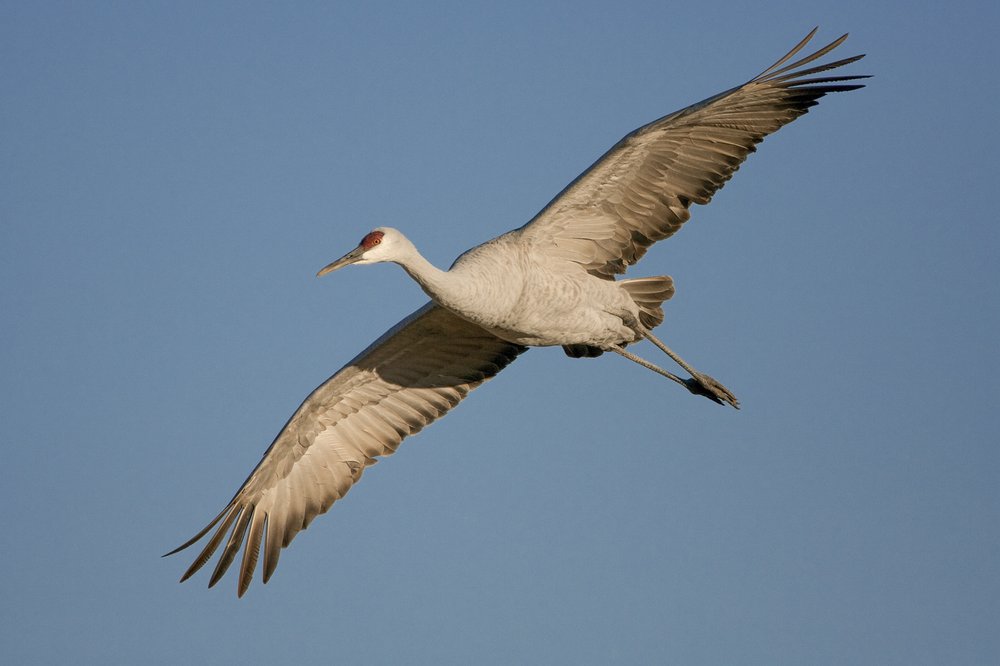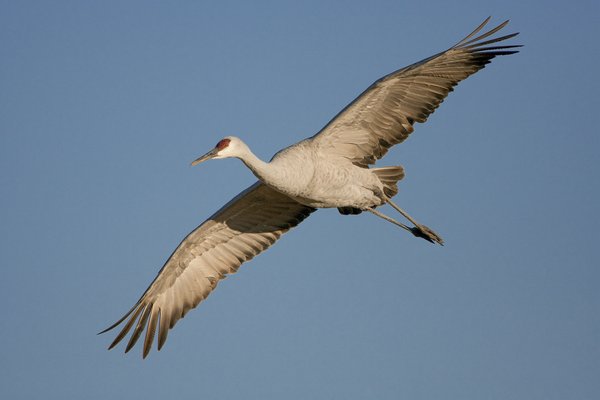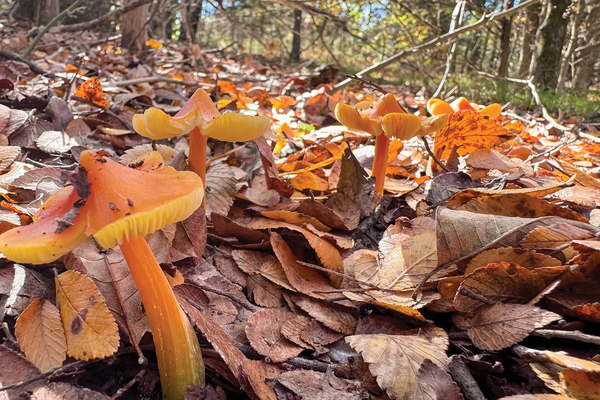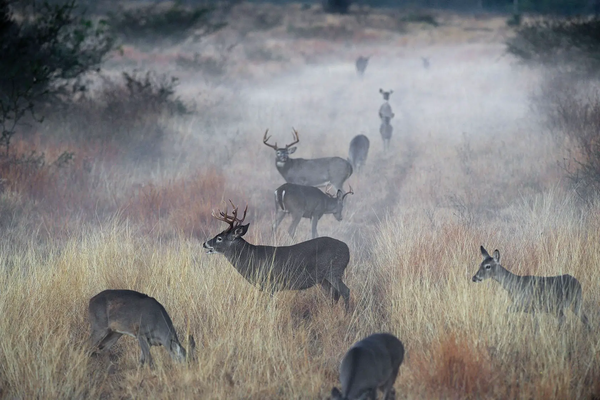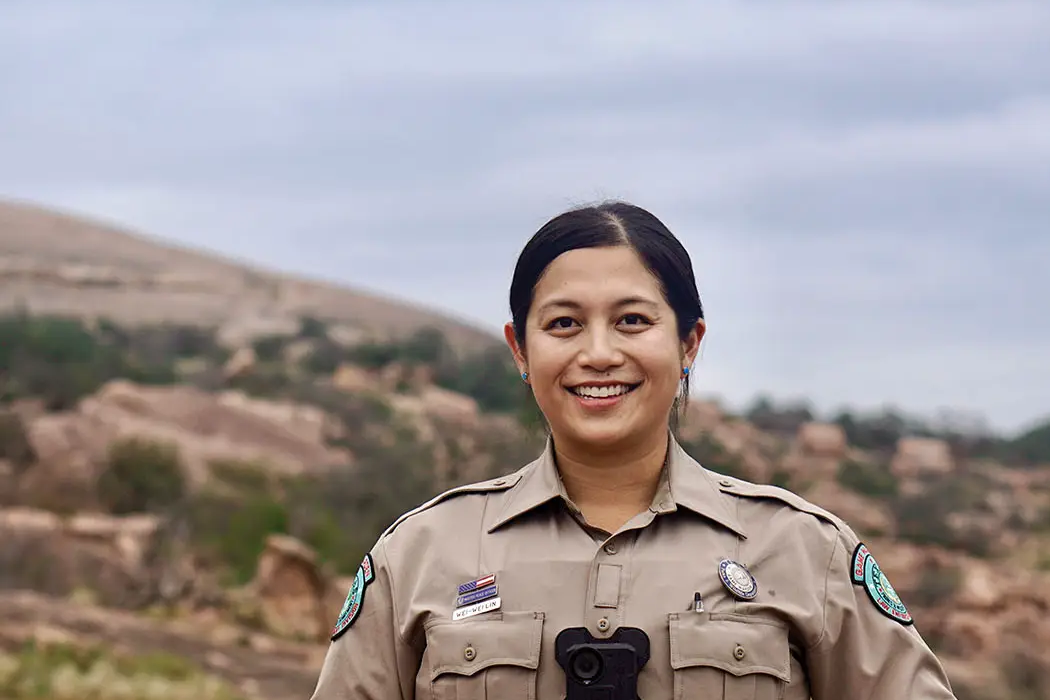Let’s address what every honest crane hunter knows, but few said aloud until recently: sandhill crane tastes exceptional. Not just good for a game bird — it’s exceptional by any measure. The old-timers who called it “ribeye of the sky” weren’t exaggerating. That deep red breast meat, properly field-dressed, rivals the finest beef.
In the early 1900s, overhunting and habitat loss reduced sandhill crane populations to just a handful of breeding pairs. Nearly 100 years later, the cranes are a true conservation success story — and as such, hunters can once again get to know the culinary delights of crane. It’s this honest appreciation of crane as table fare — not just trophy — that converts skeptics into conservationists, one perfectly seared breast at a time. But to truly understand, you need to feel it: a Panhandle dawn, ice on the shotgun, a young retriever trembling against your leg in the layout blind.
It was one of those mornings for me in Lamb County, the kind where your breath plumes like a locomotive and the ground feels hard as concrete underfoot. My young Lab, Rowdy, fixed his dark eyes on the purple horizon. We’d set our decoys in a harvested cotton field, the last few stalks bristling like forgotten sentinels in the weak light. A steady whisper of wind from the north promised a flight, but those ancient, wary ghosts always have the final say.
It’s in these moments that the real story of the sandhill crane begins to unfold. Patience and scientific dedication brought these birds back from the brink.
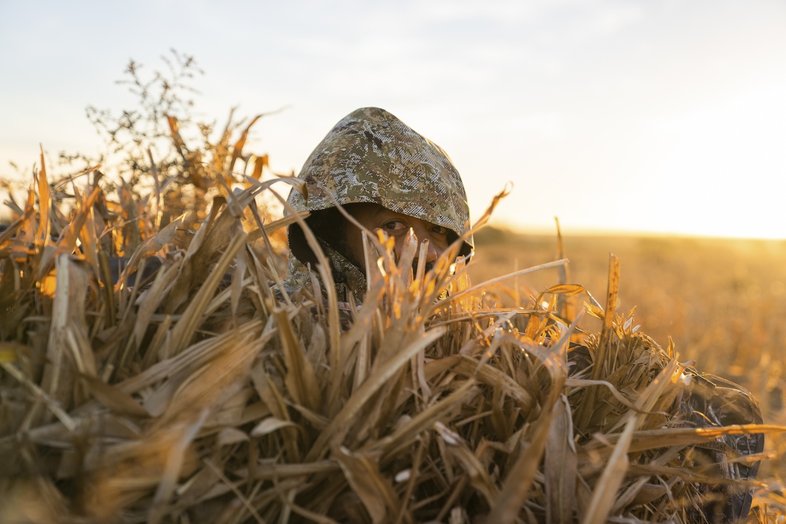
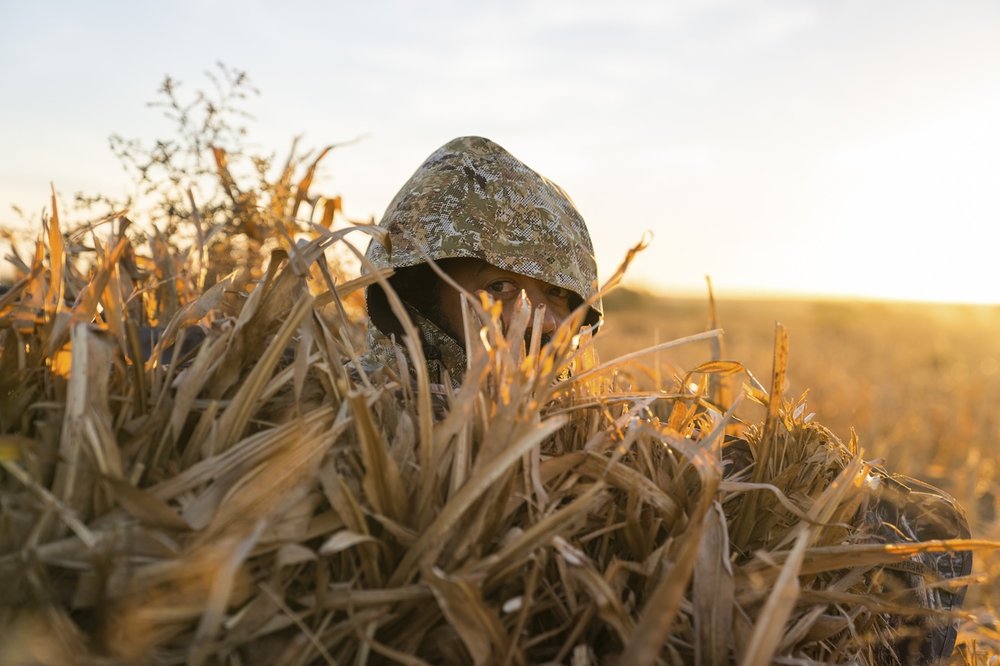
Spoke Hollow Outfitters and Matthew Hartmann
Spoke Hollow Outfitters and Matthew Hartmann
The Long Flight Back
When sandhill cranes disappeared from Texas skies in the early 1900s, few imagined their return. Market hunting and habitat loss had done their work with ruthless efficiency. For decades, the ancient bugle of cranes remained silent over Texas prairies. The Migratory Bird Treaty Act of 1918 arrived just in time, but protection alone wouldn’t bring them back.
Recovery demanded habitat, funding and the quiet persistence of generations. As cranes slowly reclaimed their northern breeding grounds, Texas was transforming. The Panhandle’s shift from open range to golden fields of grain unwittingly crafted a winter haven. Harvested fields brimmed with waste grain, while stock tanks and playas shimmered as perfect roosts.
By the 1950s, scouts appeared. Small flocks, testing these new-old wintering grounds. Texas Parks and Wildlife Department biologists — you know the type, more comfortable in marsh mud than conference rooms — started paying attention. They counted. Made notes. Wondered what it meant. New Mexico and Texas opened experimental hunting seasons in the 1960s. The data was clear: carefully managed harvest didn’t harm recovering populations.


Spoke Hollow Outfitters and Matthew Hartmann
Spoke Hollow Outfitters and Matthew Hartmann
Texas’ first modern crane season opened with appropriate caution — limited permits, restricted zones and conservative bag limits. Here’s what nobody expected: hunters actually bought licenses. Those dollars? They went straight into habitat work. Playa restoration, water development and conservation partnerships all benefited. Each license purchased represented an investment in crane habitat.
All of this effort led to today’s abundance: From near extirpation to over 1 million birds counted in Nebraska's Platte River valley this year. This is conservation done right — not locking everything away, but using it wisely. Science calls the shots. Look at waterfowl. Turkeys. Deer. Same playbook, same results. Hunters write checks, biologists crunch numbers, landowners open gates. It works because everyone has skin in the game.
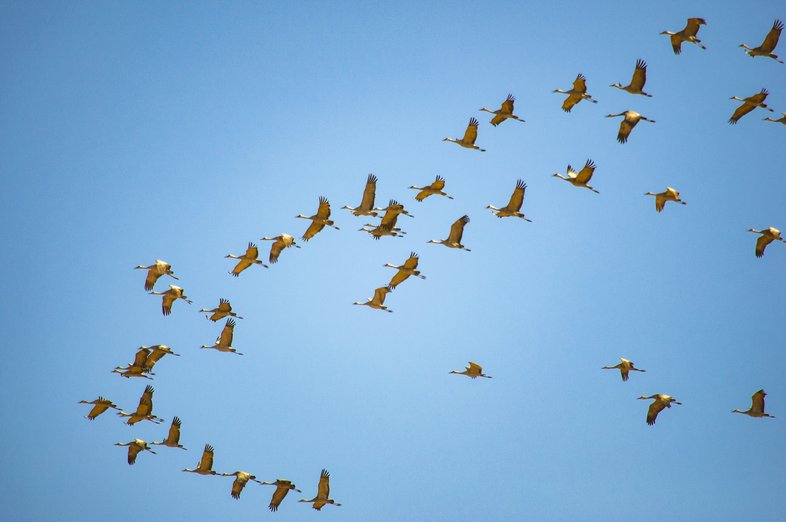
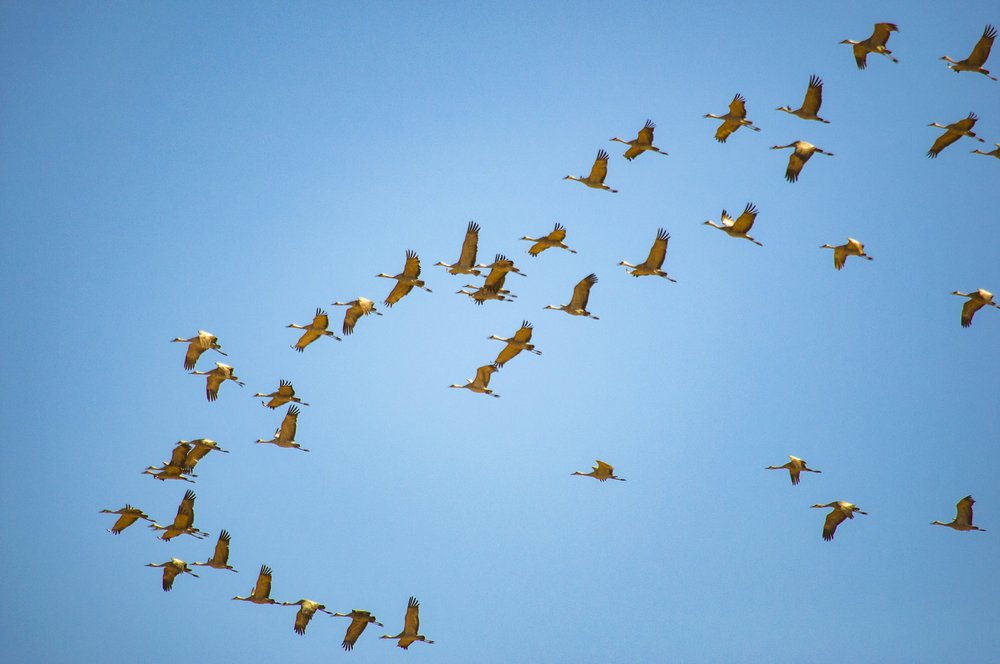
Spoke Hollow Outfitters and Matthew Hartmann
Spoke Hollow Outfitters and Matthew Hartmann
Where Giants Gather
To find cranes in Texas, think like a crane: safe waters for roosting, fields rich with food and wide-open spaces where danger is easy to spot. Texas hosts both lesser and greater sandhill cranes, though lessers dominate our Panhandle winter flocks, making up 90 percent of the birds.
The Panhandle is central. Between Dalhart and Muleshoe, wetlands, irrigated fields and grasslands converge. You’ll see the cranes in the distance, a wavering line on the horizon, then hear that rattling call carry on the wind.
The Middle Concho Valley offers additional opportunities near San Angelo and Eden. West Texas agricultural areas, particularly from Midland to the New Mexico border, attract good numbers. South Texas coastal prairies host increasing flocks — from El Campo’s flooded rice to the mesquite flats below Beeville.
The sandhill crane’s return to Texas represents everything right about North American conservation. Their numbers went from near extinction to abundance, funded by those who pursue them and managed by science instead of emotion. Each morning flight across Panhandle skies proves what’s possible. That ancient bugle, silent for so long, now announces success.
And yes, they taste extraordinary. Good enough that I’ve taken to calling cows the sandhills of the prairie. This comparison might ruffle feathers among cattlemen, but it rings true at the dinner table.


Spoke Hollow Outfitters and Matthew Hartmann
Spoke Hollow Outfitters and Matthew Hartmann
When not in the field or kitchen, you can find Josh at @texas_josh on Instagram.
